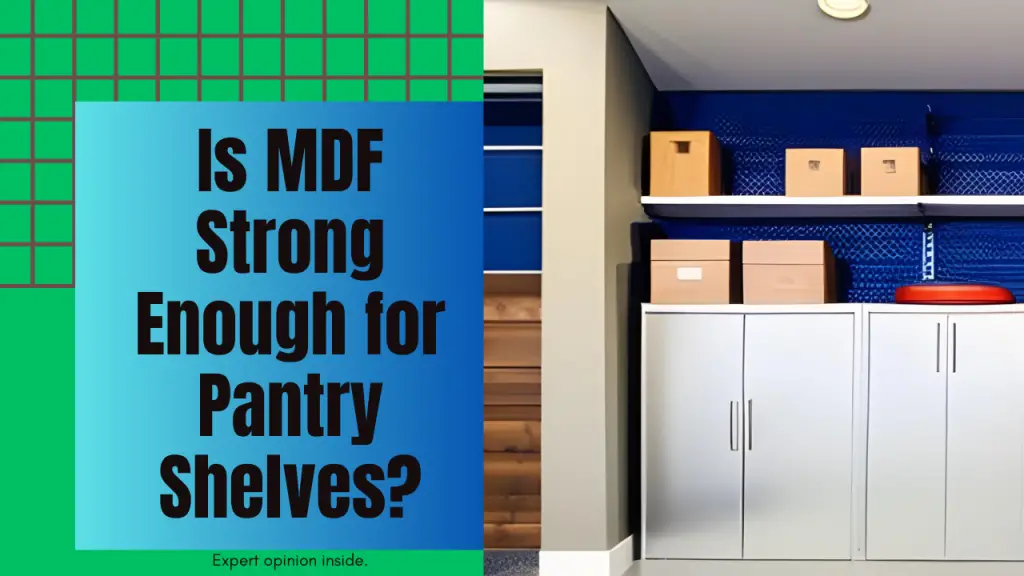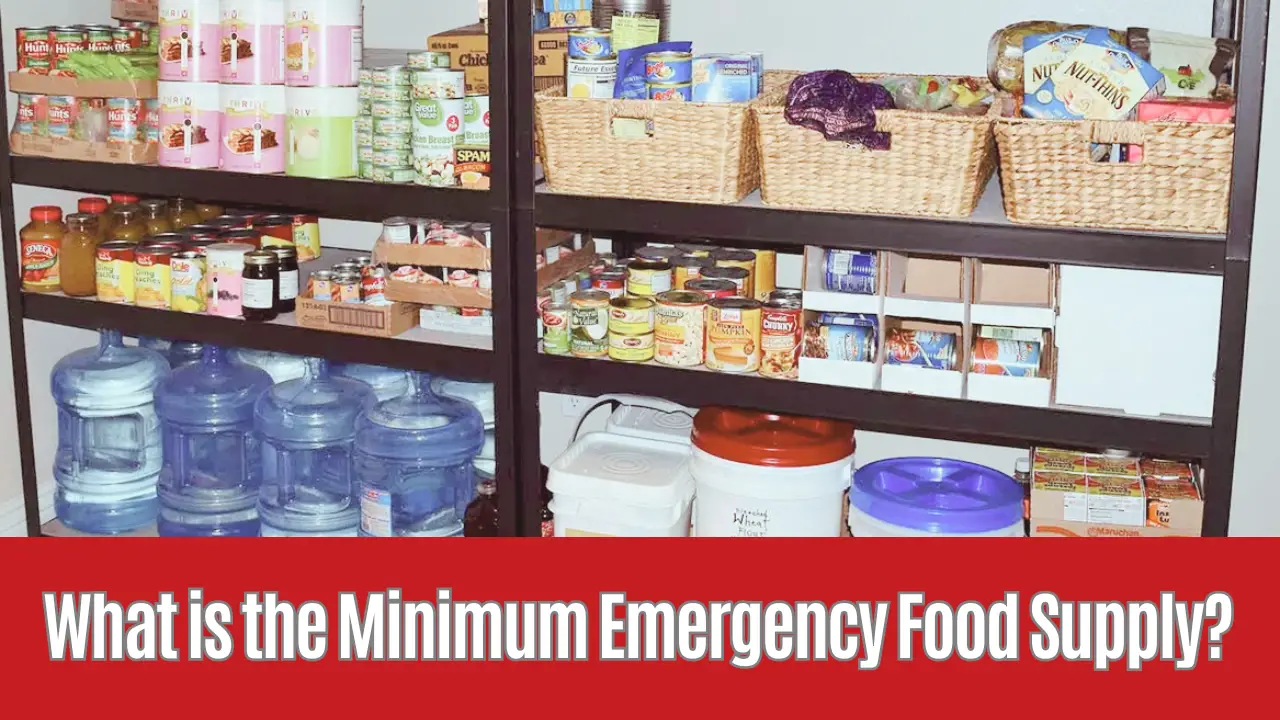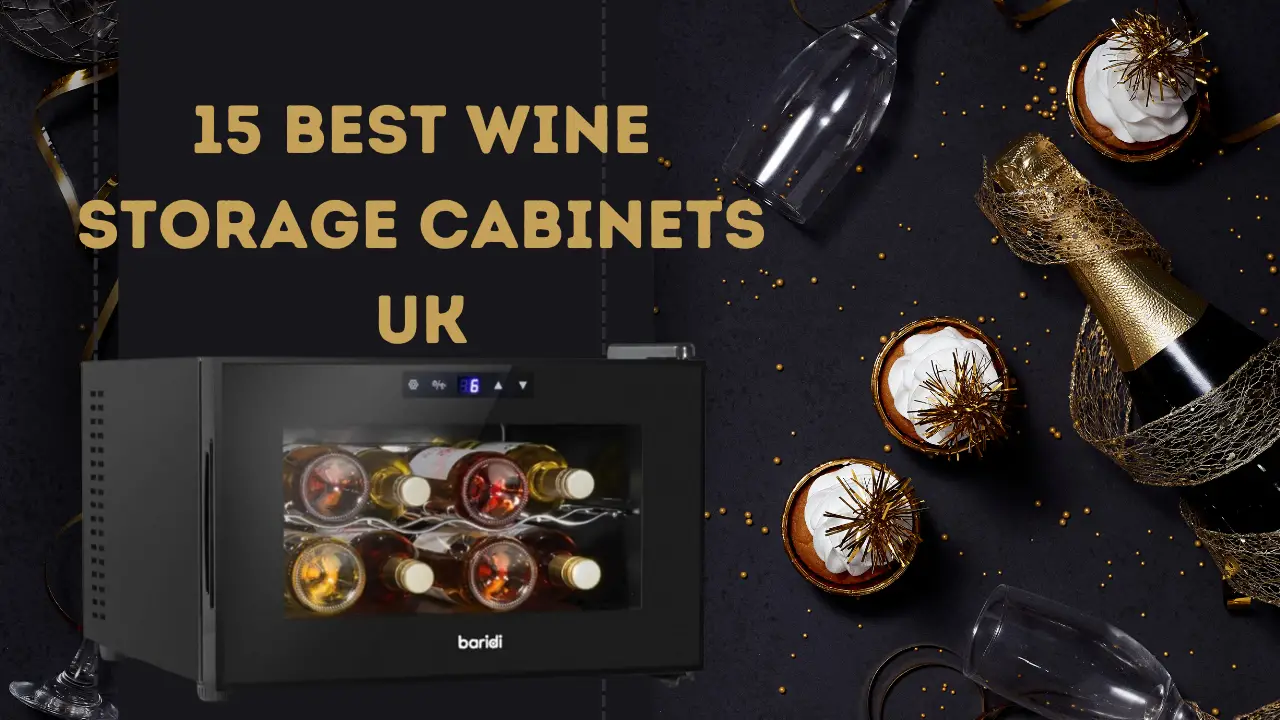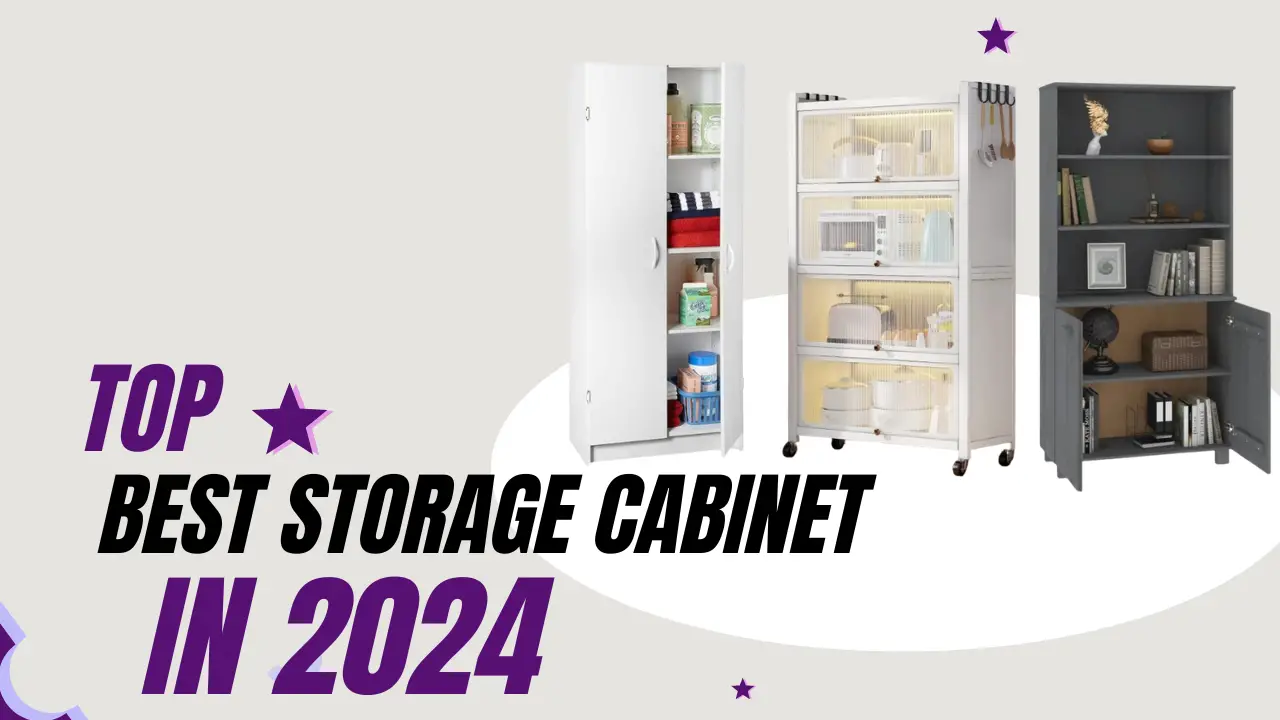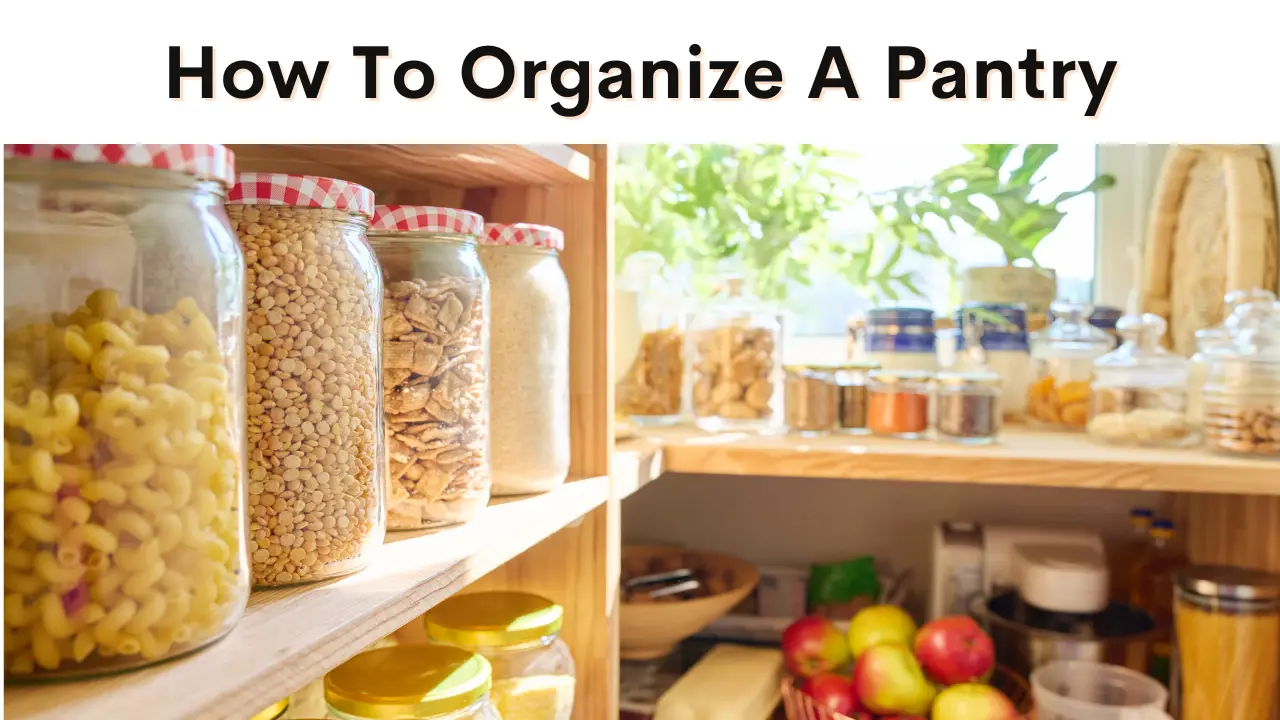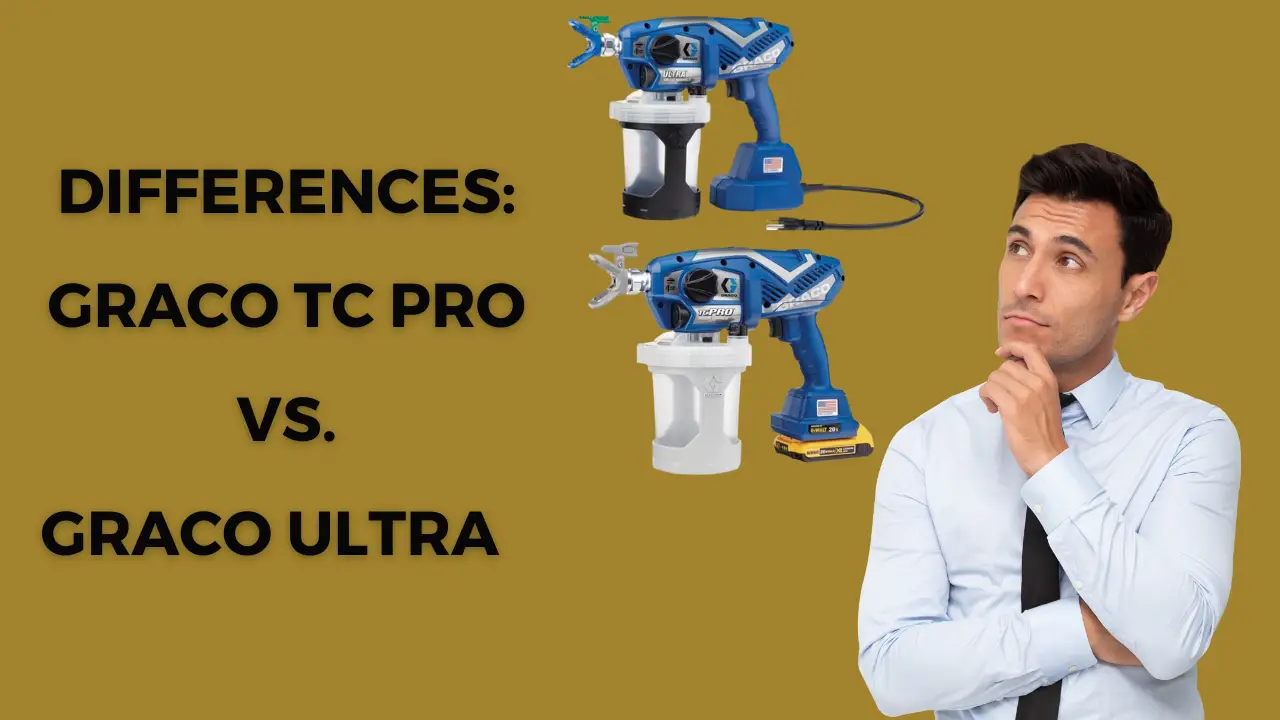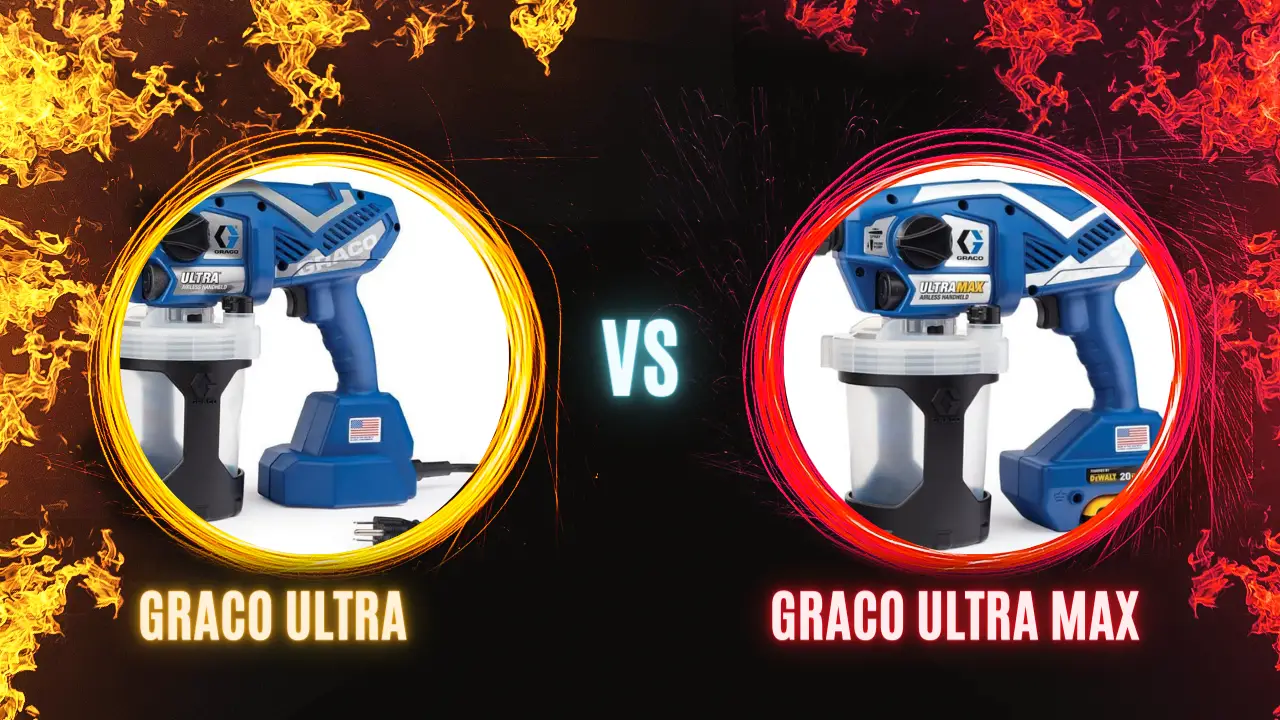Are you considering using MDF (medium-density fiberboard) for your pantry shelves but wondering if it’s strong enough? Look no further! In this article, we will delve into the strength of MDF and help you determine if it is a suitable material for your pantry shelves.
Is MDF strong enough for pantry shelves? Yes, MDF (medium-density fiberboard) is generally strong enough for pantry shelves. It provides sufficient support for storing pantry items without significant issues. However, the specific strength may depend on the thickness and construction of the MDF shelves.
MDF is a popular choice for shelves due to its affordability and versatility, but its strength can be a concern for some. By understanding the factors that contribute to the strength of MDF, considering alternative materials, and learning how to reinforce MDF shelves, you will be able to make an informed decision for your pantry.
When it comes to pantry shelves, strength is crucial. You want shelves that can withstand the weight of your storage items without sagging or breaking. MDF is known for its stability and durability, making it a suitable choice for many applications. However, it’s important to consider the specific factors that affect the strength of MDF, such as thickness, the manufacturing process, and the way the shelves will be supported. Additionally, exploring alternative materials like plywood or solid wood can also provide you with more options and potentially stronger shelves.
Don’t worry, we’ve got you covered. In the following sections, we will discuss these factors in detail and guide you through the process of determining if MDF is strong enough for your pantry shelves.
Key Takeaways
- MDF is a popular and affordable choice for pantry shelves due to its versatility and customizability.
- Thicker MDF boards are stronger and more rigid, making them suitable for storing heavier items.
- MDF has a uniform composition, making it less prone to splitting or warping due to changes in temperature and humidity.
- While MDF is strong and sturdy, it can be susceptible to moisture damage, so applying a waterproof sealant or paint is recommended for pantry shelves.
Understanding the Strength of MDF
You may be wondering if MDF is sturdy enough for your pantry shelves, but let me assure you, it’s strong enough to hold all your canned goods and more.
MDF, or Medium-Density Fiberboard, is a popular choice for furniture and shelving due to its excellent strength and durability. It is made by compressing wood fibers with a resin binder, resulting in a dense and solid material that can withstand heavy loads.
When it comes to MDF strength, it’s important to consider the thickness of the shelves. Thicker MDF boards are generally stronger and more rigid, making them suitable for storing heavier items.
A standard ¾ inch (19mm) thick MDF shelf should have no problem supporting the weight of canned goods, jars, and other kitchen essentials. However, if you plan on storing particularly heavy items, such as large appliances or stacks of books, opting for a thicker MDF board or reinforcing the shelves with additional support may be advisable.
In terms of durability, MDF is known for its resistance to warping and cracking, making it a reliable choice for pantry shelves. Unlike solid wood, MDF has a uniform composition, which means it is less prone to splitting or warping due to changes in temperature and humidity.
This stability ensures that your pantry shelves will remain strong and sturdy over time. Additionally, MDF is easy to clean and maintain, making it perfect for a busy kitchen environment. So rest assured, MDF is more than capable of handling the demands of your pantry and providing a reliable storage solution for your canned goods and other items.
Factors to Consider for Pantry Shelves
When considering the factors for your pantry, it’s important to think about the material that will best suit your needs. Pantry shelves play a crucial role in organizing and maximizing storage space in your pantry. If you’re considering using MDF for your pantry shelves, here are a few factors to keep in mind:
- Durability: MDF, or Medium Density Fiberboard, is a strong and sturdy material that can withstand the weight of pantry items. It’s made by compressing wood fibers with resin, creating a dense and durable board. This makes it a suitable choice for pantry shelves that need to support heavy cans, jars, and other food items.
- Moisture resistance: Pantries can experience high humidity levels, spills, and other moisture-related issues. While MDF is generally more susceptible to moisture damage compared to materials like solid wood or plywood, it can still be used in pantries with proper precautions. Applying a waterproof sealant or paint to the shelves can help protect them from moisture and prolong their lifespan.
- Customizability: MDF is a versatile material that can be easily cut and shaped to fit your pantry space. This allows you to customize the shelves according to your specific needs, maximizing the storage space and ensuring efficient organization. Consider incorporating adjustable shelving systems or dividers to accommodate different sizes of pantry items and make the most of your available space.
By considering these factors, you can determine if MDF is the right choice for your pantry shelves. Keep in mind your pantry organization tips and the goal of maximizing storage space to create a functional and efficient pantry that suits your needs.
Alternative Materials for Pantry Shelves
If you’re looking for alternative materials for your pantry shelves, two options to consider are solid wood and plywood.
Solid wood is a strong and durable choice that can handle the weight of your pantry items.
Plywood is another good option, as it’s made up of multiple layers of wood veneer and is known for its strength and stability.
Solid Wood
For a sturdy and durable option, consider using solid wood for your pantry shelves. Solid wood is known for its strength and durability, making it a reliable choice for supporting the weight of your pantry items.
Unlike MDF, which is a composite material made from recycled wood fibers and resin, solid wood is made entirely from natural wood. This means it has a higher density and is less prone to warping or sagging over time.
When you choose solid wood for your pantry shelves, you can trust that they’ll be able to withstand heavy items without any issues. Here are three reasons why solid wood is a great alternative to MDF in terms of durability:
- Strength: Solid wood is inherently strong and can support heavy loads without bending or breaking. This makes it perfect for storing canned goods, appliances, or other heavy items in your pantry.
- Longevity: Solid wood has a longer lifespan compared to MDF. It’s less likely to deteriorate over time, ensuring that your pantry shelves will remain sturdy for years to come.
- Moisture resistance: Solid wood has natural moisture resistance, making it less susceptible to damage from spills or humidity in the kitchen. This means that your pantry shelves will stay strong and intact, even in a high-moisture environment.
By choosing solid wood for your pantry shelves, you can have peace of mind knowing that they’ll be strong enough to support your storage needs and withstand the test of time.
Plywood
Consider using plywood as an alternative material for your pantry storage needs because it offers both durability and versatility. Plywood generally tends to be stronger and more resilient than MDF (medium-density fiberboard). This is because plywood is made by layering thin sheets of wood together, creating a strong and sturdy structure. It can withstand heavy loads without sagging or warping, making it ideal for supporting heavy items on pantry shelves.
In contrast, MDF is made from wood fibers and resin that are compressed together, resulting in a dense and uniform material. While MDF is strong, it is not as strong as plywood and may not be able to handle the same amount of weight without bending or breaking.
Another advantage of plywood over MDF is its versatility. Plywood comes in various thicknesses, grades, and finishes, allowing you to choose the right type for your specific pantry storage needs. You can select plywood with a smooth finish for a more polished look or opt for a rougher finish for a more rustic aesthetic. Additionally, plywood can be easily cut and shaped to fit any space or customized to accommodate your pantry organization system. Its versatility makes it a great choice for pantry shelves as you can design and arrange them to suit your storage preferences.
Overall, when considering plywood alternatives for pantry shelves, plywood is a strong and versatile option that provides durability and functionality for your storage needs.
Reinforcing MDF Shelves
You can easily strengthen your MDF shelves by reinforcing them with sturdy metal brackets, creating a durable and reliable storage solution for your pantry. MDF, or medium-density fiberboard, is a strong and stable material, but it may not be able to support heavy loads on its own. By adding metal brackets to your MDF shelves, you can distribute the weight more evenly and prevent sagging or bowing.
There are various reinforcing techniques you can use to enhance the strength of your MDF shelves. One popular method is to attach metal L-brackets to the underside of the shelves at regular intervals. These brackets provide additional support and help distribute the weight more evenly across the shelf. Another option is to install metal shelf support brackets along the back edge of the shelves.
These brackets can be screwed into the wall studs, providing extra stability and preventing the shelves from tipping forward. By incorporating these reinforcement techniques, you can address any durability concerns and create sturdy pantry shelves that can withstand the weight of your stored items.
| PROS | CONS |
|---|---|
| Provides additional support | Requires additional hardware |
| Prevents sagging or bowing | May add extra cost |
| Distributes weight evenly | Requires careful installation |
This table is a visual representation of the benefits and drawbacks of reinforcing MDF shelves. The pros include providing additional support, preventing sagging or bowing, and distributing weight evenly. However, there are also cons to consider, such as the need for additional hardware and the potential for added cost. Additionally, reinforcing MDF shelves requires careful installation to ensure proper stability. Overall, by reinforcing your MDF pantry shelves, you can overcome durability concerns and create a reliable storage solution that will last for years to come.
Making an Informed Decision
To make an informed decision about reinforcing your storage solution, it’s important to carefully evaluate the available options and their potential benefits and drawbacks.
When considering your budget and the pros and cons of MDF shelves, there are a few factors to take into account. MDF (Medium Density Fiberboard) is a popular choice for pantry shelves due to its affordability and versatility. It’s made by compressing wood fibers together with resin, creating a dense and sturdy material. However, it’s important to note that MDF isn’t as strong as solid wood or plywood. While it can support a significant amount of weight, it may sag or warp over time if overloaded or exposed to moisture.
On the plus side, MDF is relatively easy to work with and can be cut, drilled, and shaped to fit your exact needs. It also has a smooth and uniform surface, making it ideal for painting or adding a decorative finish. Additionally, MDF shelves are more affordable than solid wood or plywood options, making them a cost-effective choice for those on a tight budget. However, it’s essential to be aware of the potential drawbacks.
MDF is susceptible to water damage and can swell or warp if exposed to moisture. It’s also more prone to dents and scratches compared to solid wood. Therefore, it’s important to consider these factors when deciding whether MDF shelves are strong enough for your pantry’s storage needs.
Conclusion
In conclusion, is MDF strong enough for pantry shelves? When it comes to choosing the right material for your pantry shelves, MDF can be a strong and reliable option. It is important to understand the strengths and limitations of MDF, as well as consider other factors such as weight capacity and moisture resistance.
While MDF may not be as strong as solid wood or metal, it can still be sturdy enough for most pantry shelving needs. If you decide to go with MDF for your pantry shelves, there are ways to reinforce them to ensure they can withstand heavy loads. Adding additional support brackets or using thicker MDF boards can help increase the overall strength of the shelves.
It is also important to properly seal and finish the MDF to protect it from moisture, as this can weaken the material over time. Ultimately, the decision about whether MDF is strong enough for your pantry shelves will depend on your specific needs and preferences. It’s always a good idea to consult with professionals or do further research before making a final decision.
By considering all the factors and making an informed choice, you can ensure that your pantry shelves are strong, durable, and able to withstand the demands of everyday use.
